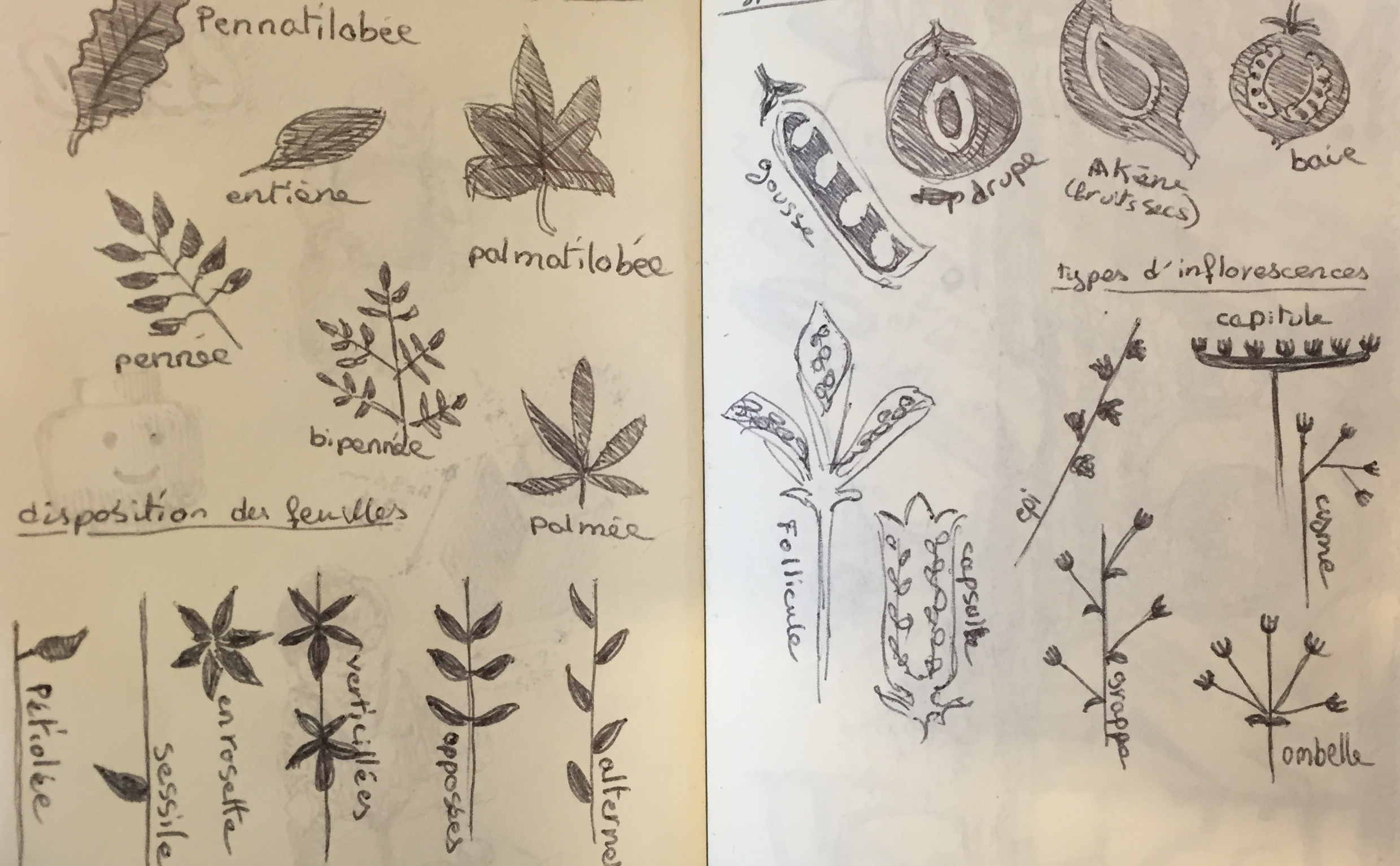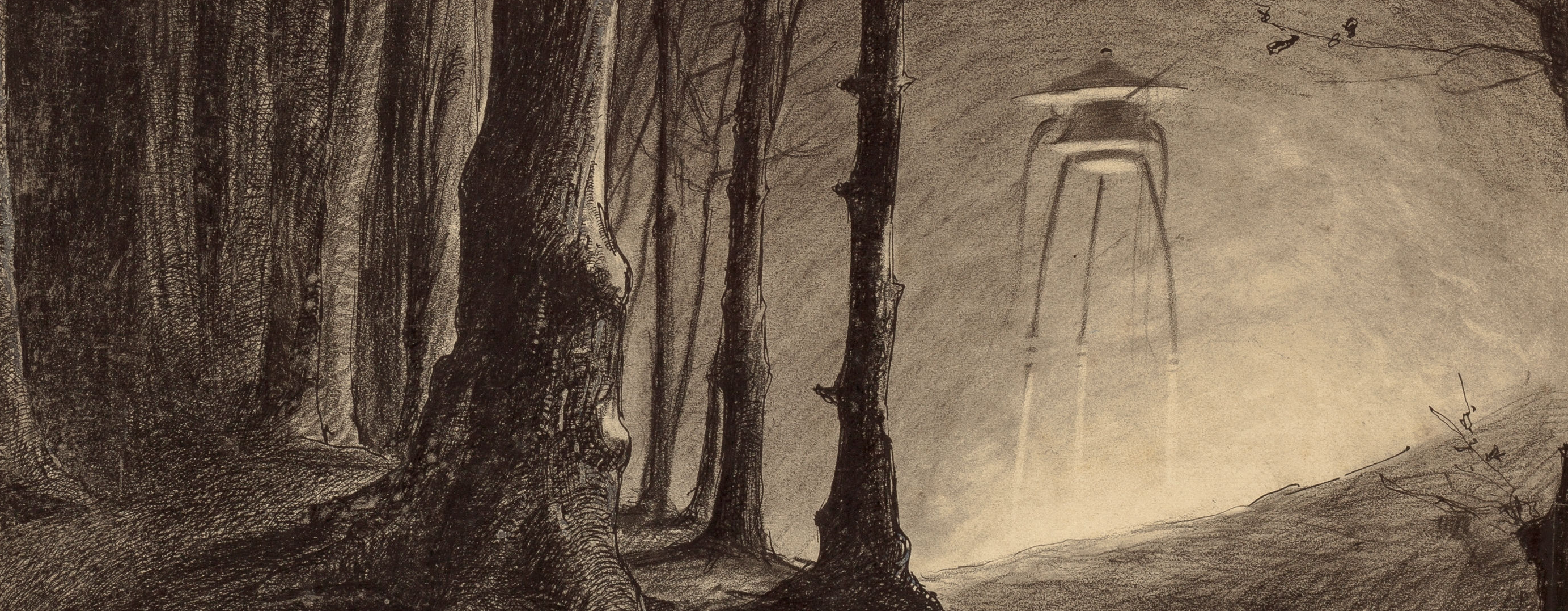An opening, a returning
Went for a friend’s art space opening at Kg Attap – OUR ArtProject. As we approached the brightly lit corner of the beautifully simple 1960s refurbished shop lot, it shone like an odd futuristic space pod against the darkened old buildings surrounding it. I suddenly had an introvert attack looking at the number of people spilling out onto the street, and retreated to the concrete benches across the building for a smoke. Behind me was a food court, with that kind of tired, slightly greasy feeling of all food courts that are firmly planted on cement and colourful steel rod structures. Most days I’ve been here to check out the MDA space (which will also be in this building), it’s been quite empty. About 2-3 stalls opened. But there’s teh tarik, and that is sometimes all you need for something to settle in the world.
In their speech, they spoke about the seed of a dream, and the labour (& luck) it took to make this happen – the opening of a space, not just their own, but a kind of infrastructural scaffolding for a creative community to hang out together, do stuff. It’s a good dream. In this age of political weariness, some other ways of engagement is necessary. Just a different frame of thinking. A different entry point, or set of questions, or ways of doing. With a different rhythm. Or as F put it to me a few months ago, different tools. I’m both nervous and excited to be part of this. It’s a field where I am mostly in the periphery. But maybe this will give me some space to enter with a different method of engagement. Not quite blank slate, but maybe not already bound by assumptions, things to learn.
They opened with an exhibition of works by Nirmala Dutt: A Great Leap Forward. From the write-up by Simon Soon (fellow MDA collaborator – yay!):
“The exhibition […] looks specifically at a period of immense socio-political change. The title of this exhibition follows from an important series of works developed by Nirmala throughout the 1990s. The phrase makes reference to the disastrous economic campaign initiated by Mao Zedong from 1958-1961. The campaign was aimed at transforming China from an agrarian economy to a socialist state through rapid industrialisation and collectivisation. Instead, it caused one of the worst famines in Chinese history.
The contradictions encapsulated by the phrase help Nirmala to critique the ideological vision that drives Malaysia’s economic progress.”
The works were interesting. Bold lines, the harsh and chaotic against the clean and boundaried. Flat colours, patterns that evoke the different (indigenous or poor) communities whose faces or masks were silkscreened (I think) on the canvasses. I tried to find out about Kampung Polo, which featured in her works from the 1980s, but the internet is forgetful as fuck sometimes. Geometric precision against the unruliness of trees, bodies, life. The triangle is a repeated motif in some of the work. Triangles, this symbol of change, of divine proportions, of the cost of magnificent symbols of civilisation and progress.
Not all spoke to me. But there was one that stopped me on my tracks. It was emotively visceral. I’m still trying to figure out why. It’s black and white, with outline of figures huddled together in both hurried, forceful and shaky dark lines. Their faces obliterated through harsh, broad, sometimes almost translucent brush strokes. The image is contained with two strong horizontal black lines above and below it. It’s called Bakun II. And I immediately recalled the government project that has displaced thousands of indigenous peoples and threatens to decimate the ecosystem – an idea that was set in motion from the early 1990s and finally launched about a decade later. The painting brought both the land and the people and the violence of destruction into the same space. Where I couldn’t really distinguish one from the other. They looked like rocks, water, people, violent erasure held in the same frame, the dark and white spaces submerging and surfacing each of their layers as I looked. Somehow it made me incredibly heart broken, but not in a defeated way, because it was also speaking about some kind of persistent resilience.
I recalled a conversation with a friend in the mid-90s, when outrage and debate about this project were amplified. His father was in the business of construction and engineering, one of those who were doing so well that they were extremely low-profile. He asked me, as we were having the kind of speculative discussions about moral quandaries in the way that uni students do, “If you were given the contract, would you take it? Knowing that if it’s not you, it would be someone else. Because whatever your decision is, it would happen anyway.” I looked at him uncomprehending. Maybe because it is inconceivable for my universe to be presented with this question. And maybe it is inconceivable because I would have never taken the small decisions to make the steps to get there. Or maybe I was just not born into the state of accumulated/ive capital to have such ‘big ideas’.
But that piece of memory. That painting. That moved me.
In the next shop lot, currently an empty shell of a space undergoing renovations, 3 pieces of other work was shown. The first was a screening of a close-up of a mouth incessantly mumbling something on loop. I thought to myself, I know that mouth. It’s Chi Too’s Longing #1. The eternal, unchanging, quiet, and mundanely labourious emotional motions of longing that he explored in that series have always made me pause. And here, it was given a spectacular space. A large wall in the husk of a building, mostly in shadows, and an old broken down chair.
And then I sat down on a broken down bench in the next room and watched a 12:30 min video by Chris Chong Chan Fui called Kolam. And it unravelled itself like poetry. It was shot in a half-completed housing project in Aceh, just after the Tsunami, at what at first looked like a swimming pool where kids were jumping in and out of, and learning how to swim. The poignant irony of living in poverty by the sea and being as familiar with the sea as your skin, but not knowing how to swim. Because swimming lessons only happen in swimming pools. I lived 3 minutes from the river. We never learnt how to swim. But maybe it’s because the river has crocodiles. And that’s another story.
The swimming pool turned out to be the water catchment area for the housing project, that has temporarily been subverted by what I assumed to be a local, to help the kids overcome their fear of water after the tsunami. Their dialogue spoke about the ephemeral precarity of being able to use this space. It depends on when it will be completed. But the water for the pool is from the mountains, their land. My favourite shot was probably when the word “USAID” was clearly visible at the bottom of this pool, spelt out by bright green and red tiles, and when the bodies of the kids swimming over it made it unruly, something entirely different. The politics of aid. The stain of colonialism. The chaos of engagement. The other glaring invisibility were the bodies of women. There were no girls. Not a single one. No women. And I achingly wondered where is their time and place for play, for constructing a different narrative for their embodied experience of destruction. I hope there is one. Even if it is not currently visible in the eye of the artist.
—
Then it was a surprising night of seeing the faces and details of people whose music have accompanied the last 2 decades of my life on a great night of YouTube exploration with a friend. I was disarmed at the clean looks of the long haired members of Skid Row. The fine bald head of the lead singer in Live. The dangling cigarette held by Nina Simone, Ella Fitzgerald, Billie Holiday. And I’m reminded that before the last decade, the music I lived in was really mostly auditory. MTV was a privilege that came later on in life, and mainly through friends who were a little more well off. Capital shifts/shapes cultural consumption. I wondered what difference it would have made. I wonder what difference it would make now that I have it both in my ears, under my skin, and in my eye.
—


Leave a Comment